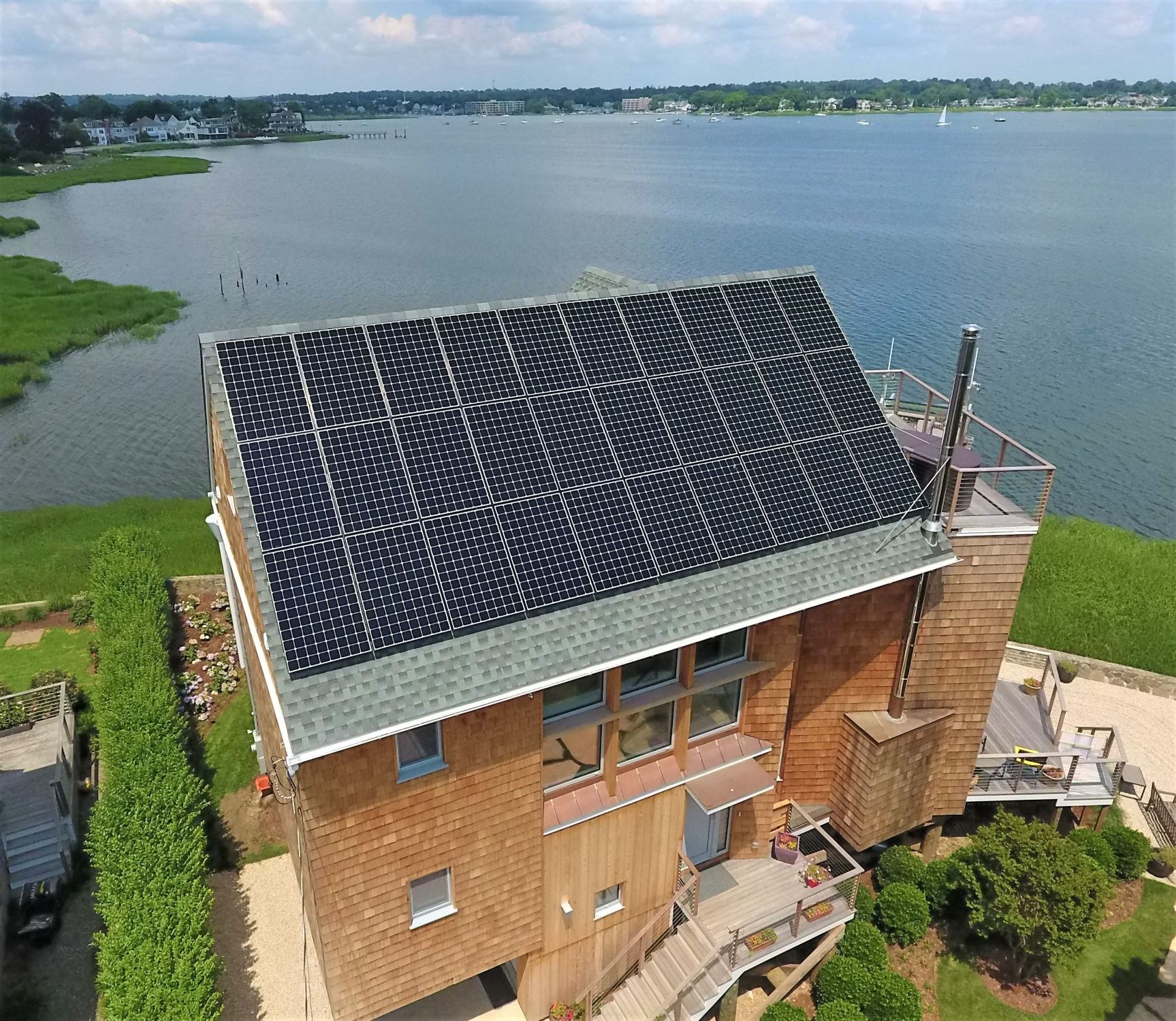
General Solar Guidelines for New Builds
January 17, 2020Reasons Why Your Home Needs Energy Storage
March 23, 2020
General Solar Guidelines for New Builds
January 17, 2020Reasons Why Your Home Needs Energy Storage
March 23, 2020Tips for installing a Solar Ground Mount
So you’re ready to make the switch to solar and want to know your best options. There are one of two ways that you can install ...
So you’re ready to make the switch to solar and want to know your best options. There are one of two ways that you can install solar at your home:
- Roof mounted – when panels are installed on the roof of the home (most common)
- Ground Mount – when panels are installed on the ground and the power in trenched back to the home
Let’s say that you have a limited amount of roof space and/or there may be too many roof obstructions such as vents, dormers or a chimney. In this case, a solar ground mount may be a better option. If your property uses a lot of electricity and your goal is to offset as much power as possible (if not all), a ground mount gives you the option to generate more power. The ability to produce more power equates to more savings and energy independence.
A ground mount may also be a more aesthetically pleasing option for you. The idea of having visible solar panels on your roof may not appeal to you. Especially if the south facing roofs are on the front (road facing) side of the home. Most people like the idea of solar and its concept, but some will find the panels themselves to be unattractive.
Another great benefit of installing a ground mount is the freedom of placement. You can place it on open land or along the edge of the property facing south. They can be angled perfectly for max production. A roof mount is limited to the orientation of the roof. Being on the ground also gives one easy access to clean and maintain the system, as well as have repairs administered. This is important in areas like the north east where it snows a lot.
Installing on the ground also avoids the risk of possible roof leaks during the life of the system. You may also have to replace your roof at some point during the life of the system. In this instance you will have to have an electrical company uninstall the system, to have your roofer replace the roof. When the roof has been replaced, you then have to have the electrician come back in to reinstall the solar panels. This can make repairing your roof very costly, and hopefully the panels and electrical equipment do not suffer any damage during this process.
To minimize shading onto your ground mount you want to be mindful of obstructions and tree lines. The rule of thumb is that the distance of the array should be 2.5 times the height of the tree(s) or obstruction. For example, if there is a tree line that is 100ft, you want to install the system at least 250ft away from those trees. Same concept for other tall structures nearby.
What types of solar ground mounts can I install on my property?
There are two basic type of ground mount options:
- Standard ground mount – metal framing that is secured to the ground by either helical pilings (giant screws that are screwed into the ground) or to concrete footings. The panels are tilted on a fixed angle. Depending on the goal of the project – we typically angle the panels between 20-35 degrees. The higher the tilt in New England, the more productive the panels will be. The downside of a higher tilt is that the total array height will be taller. If there are multiple row of panels, the higher the panels are the greater the spacing between the panels will need to be so that they do not shade themselves (think about the 2.5 rule of thumb previously mentioned). Ground mounted arrays typically range in height between 8’ and 20’ high.
- Pole mounted solar – supports multiple panels on a single pole with a higher elevation. They can also incorporate a tracking system to tilt the panels automatically and follow the path of the sun (increasing production 25% on average and sometimes more).
What makes me a qualified ground mount client?
In order for a ground mount to be a great option for you, you mainly have to have an adequate amountof space/land. It generally is not possible to put solar in wetlands or within 50-100’ of wetlands. Yoursolar consultant should also check with your city zoning laws. There may be restrictions on how closethe ground mount can be to property lines, easements and roads. You also want to use a considerablylarge amount of electricity annually.
Ground mounts have some fixed costs such as trenching and conduit run which may lead to them beinga bit more expensive that a simple roof mounted system. Additionally, more equipment and higherpermitting fees may or may not lead to a longer payback. Generally, the cost per panel goes down with alarger system. If you have an electric bill below $200, then a ground mounted system will likely have alonger payback than a roof mounted system. There are also a lot of cases when a ground mountedsystem has a faster payback because the panels can be perfectly positions to catch the sun and producemore savings per panel.
How do I choose the best solar solution for me?
Our best advice is to talk with a certified solar consultant with extensive ground mount solar experience.PurePoint Energy for example offers free consultations and will help you determine which solar solutionis right for you based on your needs and expectations. We also encourage you to compare quotes withother certified dealers. What you want to keep in mind when choosing a solar contractor for yourground or roof mounted array aside from experience is workmanship, quality of materials used,licensing, insurance, warranties, customer satisfaction ratings, price and financing options. Remember,the best work is not necessarily going to be the cheapest or the most expensive option, so really do yourhomework as ask as many questions as you need to.

